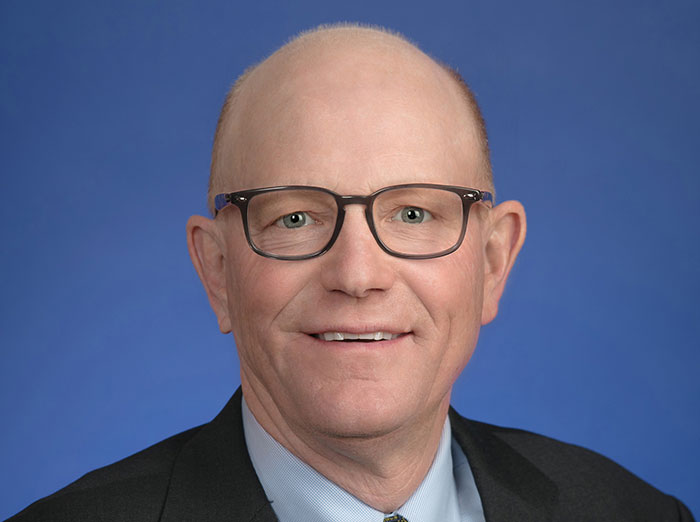Even mall developers think “supermarket” now when building or redeveloping a center, but Jeff Edison has been taking advantage of grocery’s traffic-building might for decades. With more than 200 grocery-anchored centers nationwide, Phillips Edison & Company continues to be the leader in redefining the neighborhood center, as was apparent in a recent talk between Edison and real estate editor Al Urbanski.
Neighborhood centers take up nearly four billion square feet, about four times the space of either malls or power centers. Describe their importance in modern society.
Grocery-anchored centers remain the cornerstones of their local communities, and their importance has not abated even as e-commerce has disrupted every other area of retail. They provide the daily necessities and activities that are hard or impossible to find online — grocery stores, fitness studios, hair and nail salons, restaurants. Online sales account for less than two percent of total U.S. grocery sales, and 75 percent of those sales come from five major cities. Meanwhile, grocers are adapting, operating more analytically and implementing strategies to complement the in-store shopping experience. We believe this will cement the grocery-anchored center as an internet-resistant focal point in the community.
Grocery-anchored centers now come in many configurations with many different tenant curations. What are you excited about with the new tenants at your centers?
The experience-driven economy continues to propel the retail industry forward, and we’re seeing retailers and property owners continue to place an emphasis on creating experiences that appeal to changing consumer preferences. One of the more exciting retail trends we’ve noted in recent years has been this drive toward curating wellness experiences. Going beyond just having a gym, these wellness experiences could feature any combination of retailers, including boutique fitness studios, juice bars, and healthy food shops and restaurants’, among others. The key, as always, is to tailor the retail mix to suit the local market. We like to describe it as being locally smart.
Are there any retail segments that could be benefitting more with a bigger presence in necessity-based centers?
There is always an opportunity to make creative use of available space in neighborhood centers, and specialty leasing for pop-ups can be a valuable tool that benefits both the retailer and the shopping center. Introducing creative and immersive experiences not only allows brands to test new concepts, but hosting these retail experiences can draw additional foot traffic and local interest to the shopping center.
A recent JLL report on clicks-to-bricks retailers shows 820 new physical stores being opened by online retailers in the coming year. Do you expect to see more of them in your centers?
In our view, the rise of online retailers opening physical stores validates the importance of brick-and-mortar in an increasingly internet-based world. People want to see, touch, smell, taste, and hear the products they’re buying, and if you can create a custom experience in the process, you’ve won the day. While many of these retailers have tested brick-and-mortar concepts in core urban markets where they can generate greater buzz, we would be interested to see if these concepts begin to spread to neighborhood centers as the strategies prove to be successful. In addition, when you’re talking about online purchases and delivery, it’s expensive to deliver the last mile. The next best option is to be able to get that product less than three miles from home.
The economy has been booming and local industry is picking up in several regions. Where are you seeing more demand for neighborhood retail due to population and income growth?
Demand for local retail has remained consistently strong owing to the long-term fundamentals supporting this asset class. One of the characteristics we like most about grocery-anchored retail is the fact that it’s generally agnostic to market conditions. After all, people have to eat. We find that grocers do well in all economic cycles, and our small stores continue to benefit from that consistent traffic. That is, after all, what sits at the core of necessity-based retail, making it a stable, long-term investment. These centers provide the goods and services that are consistently needed and are the last to be cut from people’s budgets.
Jeff Edison is chairman and CEO of Phillips Edison & Company, with corporate offices in Cincinnati, Salt Lake, New York, and Atlanta.

